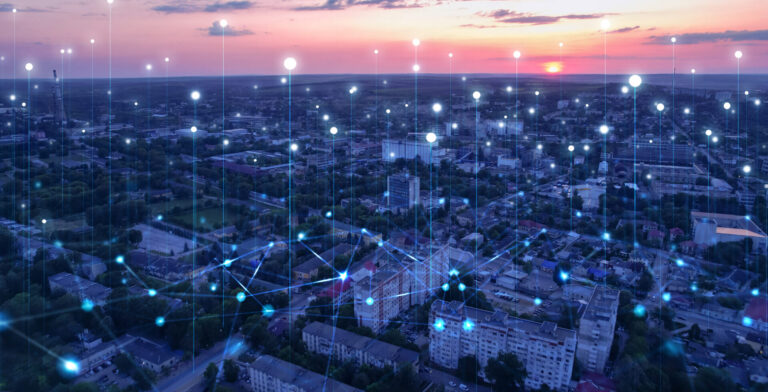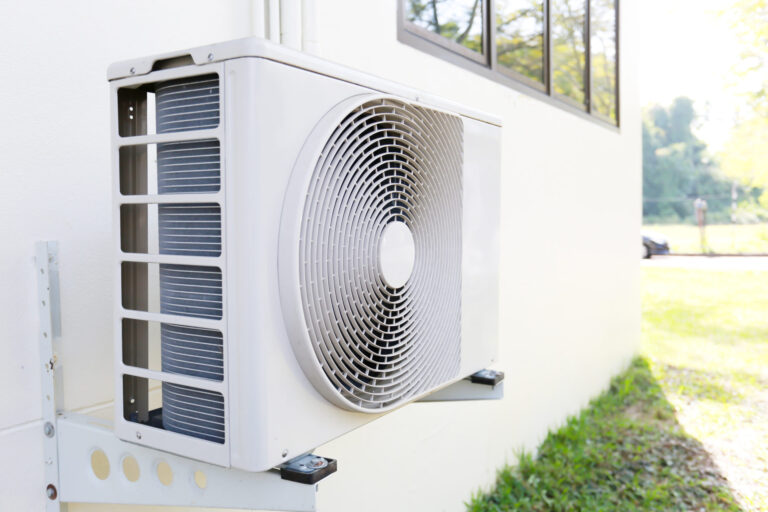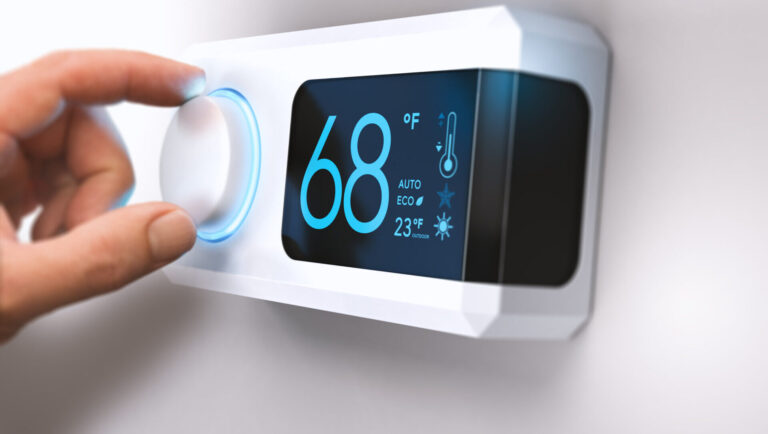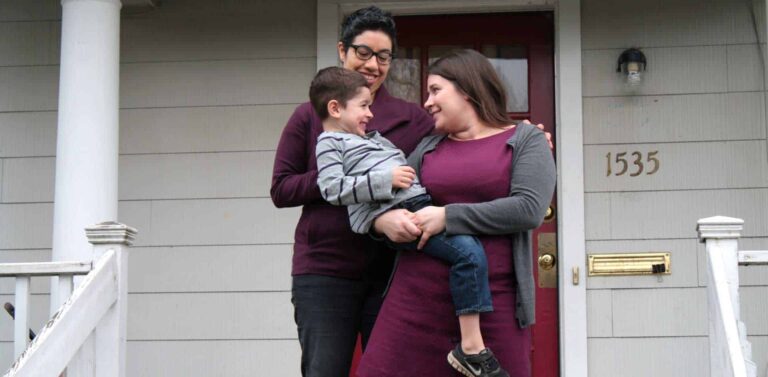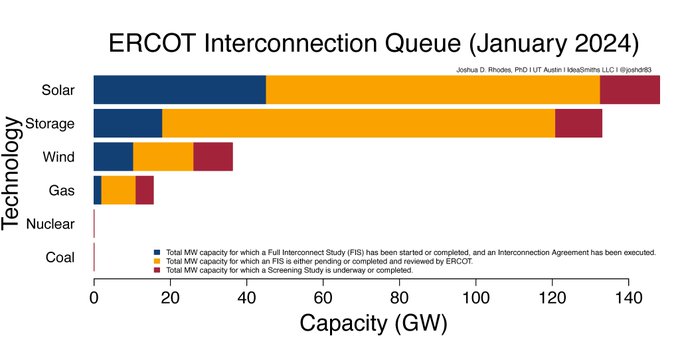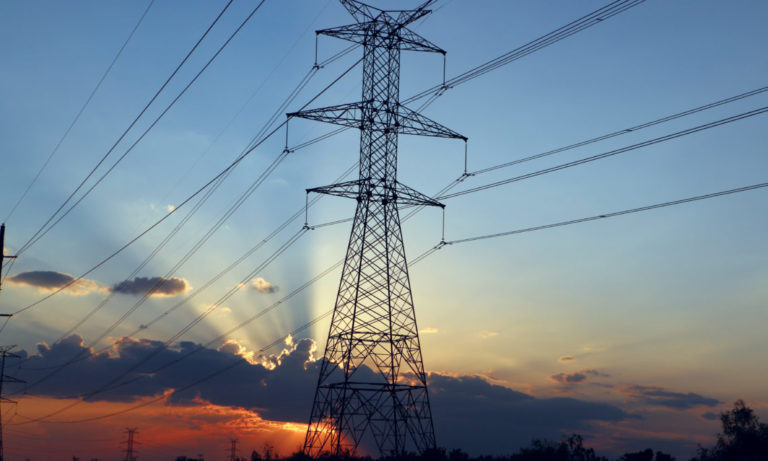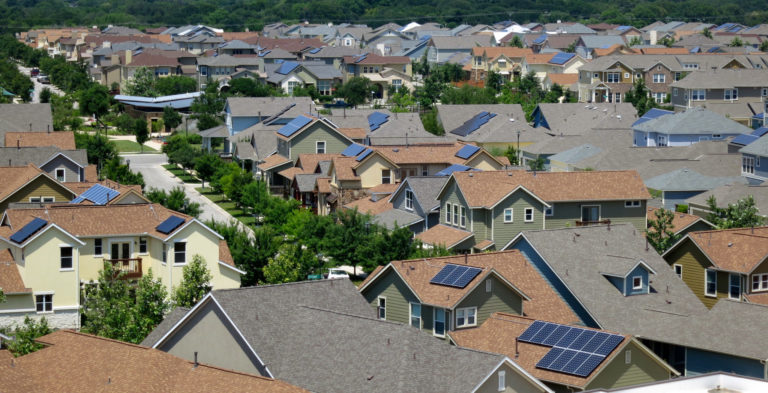January 15, 2025
If you go through the list of technology and energy efficiency features in Ed Gies’ southwest Detroit home, it’s hard to believe it’s the same neighborhood his parents lived in after World War II.
A high-efficiency heat pump for heating and water-cooled air conditioning. Solar panels that assist with water heating. Radiant heating built into his concrete floors. LED lighting throughout the house. Steel roof, spray foam insulation and a three-floor south-facing room made entirely of glass to help heat the entire home on cool sunny days.
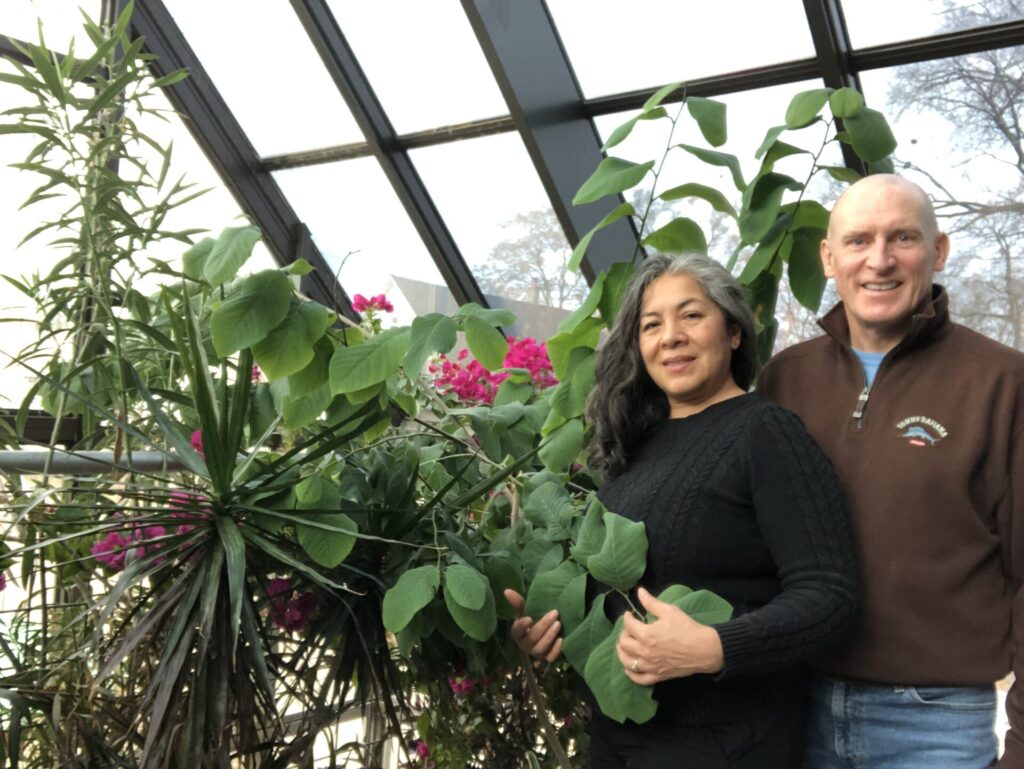
Gies wanted to purchase a house that residents didn’t want. The City of Detroit was planning to demolish a 100+-year-old brick house after it was gutted by fire and contributed to a child’s injury. The house was in a densely populated blue-collar neighborhood on a corner lot. He saw an opportunity to give back to the neighborhood his parents grew up in and loved. This included hiring local tradespeople to build the house and learn about new energy-efficient technologies.
“This is not a wealthy part of the city,” Gies said. “Many of my neighbors struggle to make ends meet, and focusing on energy efficiency can seem like an intangible luxury. We see our home as a chance to expose everyone to the possibilities, and we show it to anyone who wants to visit.”
It’s that zeal for technology and energy evangelism that drove Gies, a retired engineer, and his wife, Raquel Garcia, the executive director of Southwest Detroit Environmental Vision, to participate in Pecan Street’s energy network expansion in Detroit.
Through his participation, Gies has access to an online portal that shows him how much electricity his various systems are using throughout the day and year. He matches our data with data produced by other systems – for example, his air conditioning – to fine-tune those settings.
“I love data because it shows me things in black and white,” Gies said. “I can see how outside temp and internal temp settings affect my energy use, and it helps me shift higher energy uses to when electricity rates are lower.”
“We know what the energy problems are,” he said. “Fossil fuel energy pollutes. Costs keep going up. Not enough people have access to smarter energy options, and we’re not investing enough or acting urgently enough. Anything we can do to get things going….sign me up.”
And when he says anything, he means it. His wife often holds meetings at the house to expose more community partners to various energy solutions. The house also pleasantly changes perceptions of federal and state government officials and local business leaders who are learning about Detroit neighborhoods.
He’s participated with the University of Michigan – a long-time Pecan Street partner – on several research projects. And he constantly spreads the message to neighbors, especially younger ones who are still contemplating their careers. “I’ve gotten to know several young engineers around here who have various jobs already but are very interested in clean energy and efficiency.”
Gies is also a firm believer in Detroit – his neighbors and the city staffers who manage various energy access and improvement programs.
“It’s just an incredible community to be part of,” he said. “We’re grateful to be here and have so many dedicated people in the City who go above and beyond to make things better, cleaner and more affordable.”









